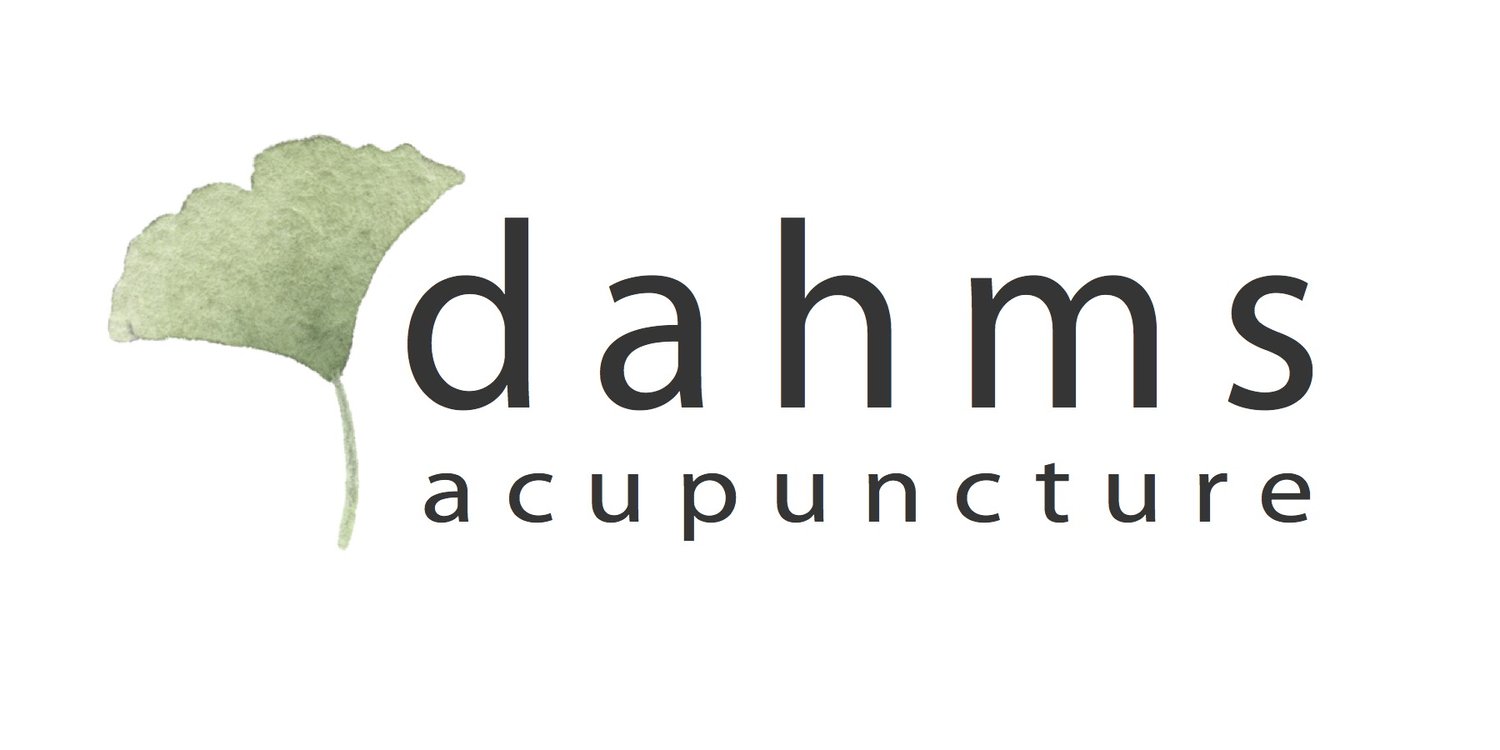Thumb Pain and Acupuncture: Treating De Quervain’s Tenosynovitis
/What is DeQuervain’s tenosynovitis
DeQuervain’s tenosynovitis is a painful inflammatory condition that affects the tendons on the thumb side of the wrist. According the a study published in the BMC Musculoskeletal Disorders, “The estimated prevalence of de Quervain tenosynovitis is about 0.5% in men and 1.3% in women with peak prevalence among those in their forties and fifties. It may be seen more commonly in individuals with a history of medial or lateral epicondylitis. Bilateral involvement is often reported in new mothers or child care providers in whom spontaneous resolution typically occurs once lifting of the child is less frequent.”[1]
Symptoms
pain and tenderness along the thumb side of the wrist
pain that gets worse with use of hand and thumb
pain that develops suddenly over time
difficulty moving thumb or grasping objects
a snapping sensation may be felt in wrist when thumb is moved
Causes
Texting
Video games
Using scissors repeatedly (hairdressers)
Repetitive grasping
Typing (hitting space bar repeatedly)
Lifting babies and children (postpartum mothers especially)
Work or hobbies that involve repetitive use of the thumbs, for example, knitting, gardening, racquetball, tennis, hammering, skiing, bartending (pouring drinks)
How is it diagnosed?
· Diagnosis is done in clinic by orthopedic examination
Traditional Treatment
splint worn 24 hours a day for 4-6 weeks
ice applied to thumb and wrist
anti-inflammatory medication
steroid injection
surgery
Treatment with Acupuncture & Heat Therapy
In my experience treating deQuervain’s tenosynovitis, pain relief can be achieved with acupuncture and heat therapy, and is a safe and effective option if one is seeking an alternative to cortisone injections. While the mechanisms of how acupuncture treats this condition is not fully understood, studies have shown that acupuncture may treat pain through “the application is microinjury, increased local blood flow, facilitated healing, and analgesia. Acupuncture needle stimulates the nerves in the local tissues. This causes the release of neuropeptides resulting in vasodilation and increased circulation locally.” [2] Heat therapy using infrared light is a type of treatment that can help heal skin and muscle tissue. It is “thought to work by acting on the ‘power plant’ in your body’s cells called mitochondria. With more energy, other cells can do their work more efficiently.” [3] I’ve found that the combination of both acupuncture and heat therapy yield the best results over a course of treatments.
How many treatments will you need?
Pain relief may be felt after the first treatment by as much as 50%. Depending on the underlying and complicating factors, you may need between 4-8 treatments over the course of 3-4 weeks. Strengthening and stretching of the forearms, neck, and shoulders play a role in a successful rehabilitation; therefore, incorporating this into your treatment will yield longer lasting results.
[1] Stahl S, Vida D, Meisner C, Stahl AS, Schaller HE, Held M. Work related etiology of de Quervain's tenosynovitis: a case-control study with prospectively collected data. BMC Musculoskelet Disord. 2015 May 28;16:126.
[2] C. Carlsson, Acupuncture mechanisms for clinically relevant long-term effects—reconsideration and a hypothesis, Acupunct Med, 20 (2002); A. White, M. Cummings, J. Filshie, An Introduction To Western Medical Acupuncture, Churchill Livingstone Elsevier, Edinburgh (2008)
[3] Cleveland Clinic: https://my.clevelandclinic.org/health/articles/22114-red-light-therapy










